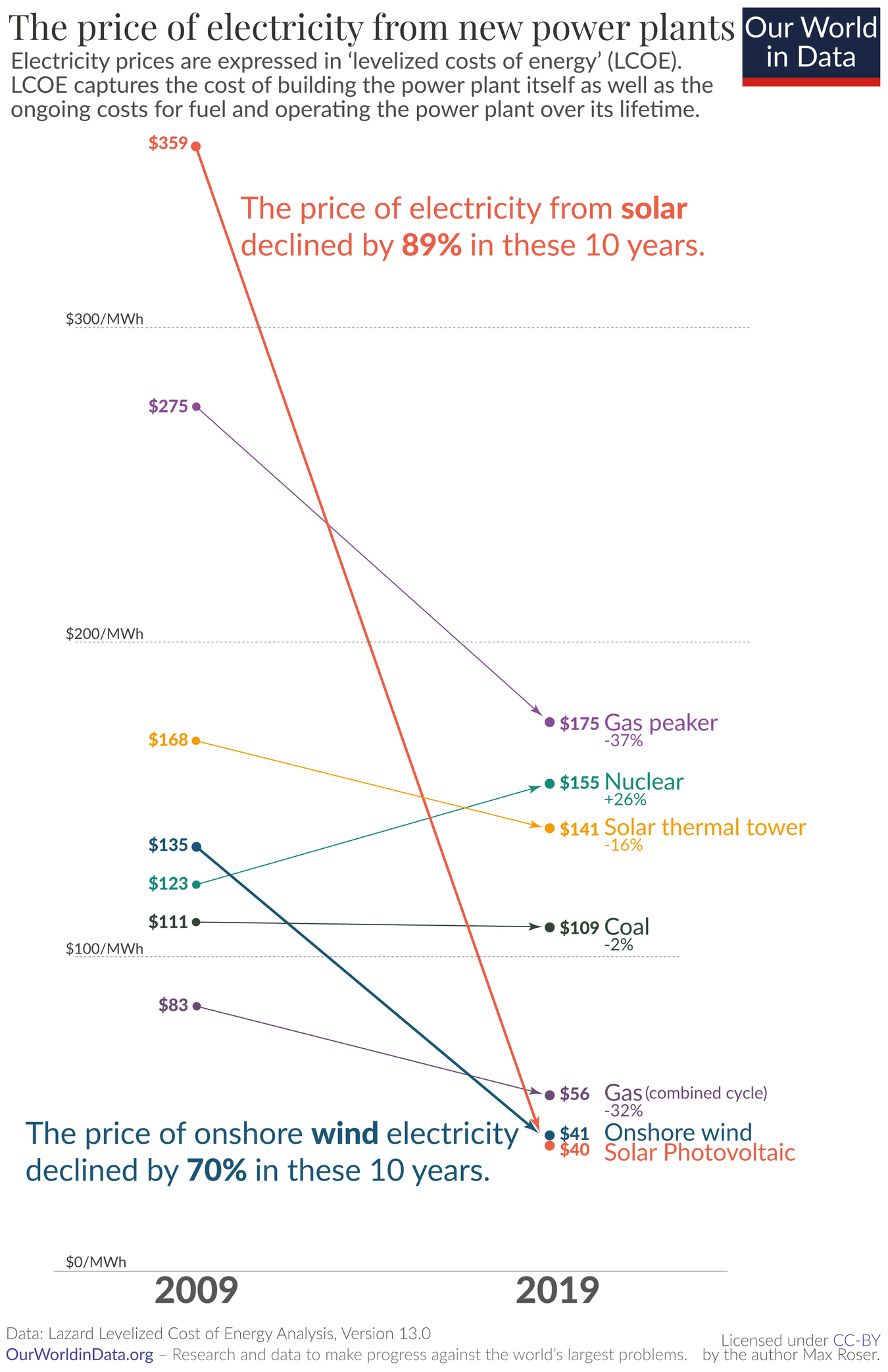Technology
This is the official technology community of Lemmy.ml for all news related to creation and use of technology, and to facilitate civil, meaningful discussion around it.
Ask in DM before posting product reviews or ads. All such posts otherwise are subject to removal.
Rules:
1: All Lemmy rules apply
2: Do not post low effort posts
3: NEVER post naziped*gore stuff
4: Always post article URLs or their archived version URLs as sources, NOT screenshots. Help the blind users.
5: personal rants of Big Tech CEOs like Elon Musk are unwelcome (does not include posts about their companies affecting wide range of people)
6: no advertisement posts unless verified as legitimate and non-exploitative/non-consumerist
7: crypto related posts, unless essential, are disallowed
view the rest of the comments

And it is always a question how they calculated handling of nuclear waste.
There are options, we can use coal and natural gas for on demand power to fill the gaps in renewables, we don't have to quit all at once. New ideas for energy storage and comming around, some of them might be useful for small towns, others for remote places.
indeed. when you kill nuclear, the reality is natural gas and sometimes coal is the real replacement
there is very very very little nuclear waste.this is complete handwringing. it can be buried and forgotten.
Bigger issue is the carbon costs and pay back periods. Nuclear (unless you've got sources otherwise stating) is green in it's planning phase but not as often in execution. A shit ton of concrete is used, and the plants rarely operate at the capacity they are expected to (or have in the past). Open to revision but that's my current understanding.
They are a massive upfront carbon cost and only become carbon neutral or negative relative to fossil fuels 20+ years down the line.
Do you have data on that? A modern nuclear power plant is going to be in the 500-1000+ MW range. I have a hard time imagining that even operating at half capacity that they do not offset the carbon used for concrete within a relatively short order. But if that is in fact the case I'd love to see data saying so, so that I can correct my thinking.
Kyle Hill has a nice video about power plants waste disposal, one of cleanest methods there is.
edit: he actually went to the plant and showed how it's done
He literally hugged and kissed a canister of nuclear waste to show how safe it is. Kyle Hill is my hero
nuclear waste, by definition of being radioactive, is the only wast that goes away on it's own if you leave it sit for long enough
I was considering whether this is just a shitpost, but your other comments suggest that you're completely serious. It does not go away. Radioactive decay causes multiple transitions between radioactive elements until it ends up as lead, which does not decay further.
Of course, it should also be said that it's better to have no waste than waste that eventually turns into lead.
And that it's still better to have waste than waste which also happens to be toxic.
right, but when it lands at lead it's no longer radioactive waste, which is the part everyone's scared of. chemical waste doesn't just go away like that.